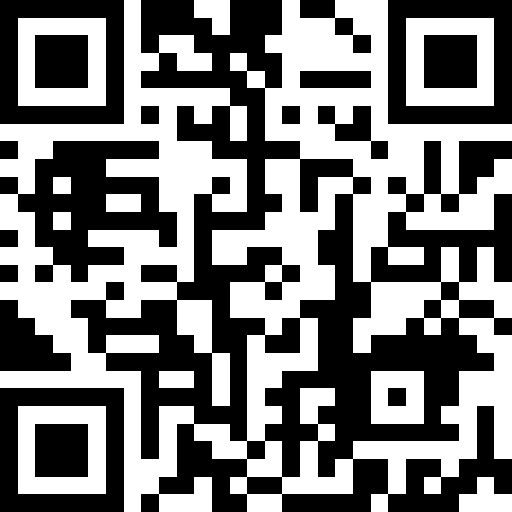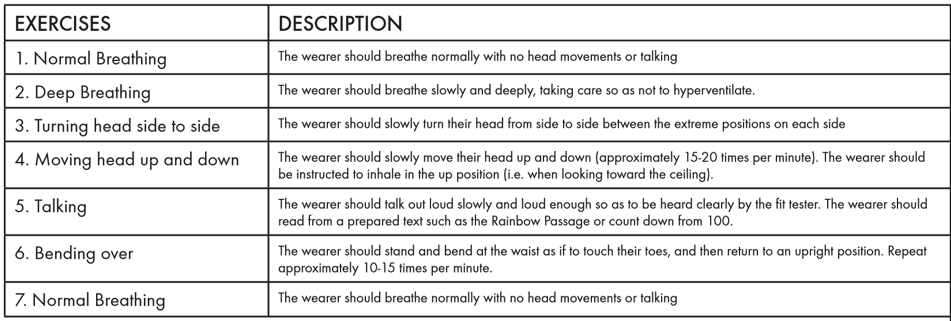Title Page
-
CMS024 Waste - Dust Management MS V3
-
CMS030 Occupational Health Standards MS Draft 3
-
Project
-
Date / Time
-
Location
-
Form Completed By
Face Fit Record
-
Dust Management CMS
Details of Person Being Fit Tested
-
Name
-
Comapny/Department
Assessor Information
-
Fit Test Date
-
Assessor Name
-
Company
-
Site
-
Explanation of The Sensitivity Test & Fit Test Given
-
Explain the sensitivity test & fit test
Mask Details
-
Make
-
Model
-
Size
-
Condition
-
Ownership
Pre-Test Check
-
Ask Operative - Within the last 30 minutes have you
-
Eaten
-
Wait 30 minutes before carrying out the sensitivity test
-
Smoked/Vaped
-
Wait 30 minutes before carrying out the sensitivity test
-
Drank Anything other Than Water
-
Wait 30 minutes before carrying out the sensitivity test
-
Chewed Chewing Gum
-
Wait 30 minutes before carrying out the sensitivity test
-
Is the wearer medically fit to wear RPE and to conduct the fit test exercises?
-
Provide additional information
PPE Check
-
Do you wear prescription eyewear or any other PPE when using your RPE?
-
Give details
-
The PPE/Eyewear was worn during the fit test
-
Conduct the fit test again with PPE/eyewear worn
-
Do you wear more than one type of tight-fitting face mask?
-
If Yes, please select one of the following
-
Is the candidate clean shaven
-
Stop face fit - face fit can only be carried out if the candidate is clean-shaven to ensure the mask seals adequately to their face
-
Explanation given of the importance of being clean shaven
-
Explain the importance of being clean-shaven to the candidate
Sensitivity Test
-
Carry out sensitivity test
-
Sensitivity Test - Which group does the candidate belong to
- Group 1 - High Sensitivity 1-10 Squeezes
- Group 2 - Medium Sensitivity 11-20 Squeezes
- Group 3 - Low Sensitivity 21-30 Squeezes
Fitting of RPE
-
Candidate donned RPE without assistance
-
Refer candidate for additional training
-
Demonstrate & get candidate to perform a pre-use fit check of the mask
Fit Test Exercises
-
Each exercise lasts for 60 seconds. At the START of the test use 10, 20 or 30 squeezes according to the results of the sensitivity test. Top up the atomiser inside the hood every 30 seconds, using half the initial amount of squeezes 5, 10 or 15.
-
Explanation of fit test exercises and purpose of the exercises given
Fit test
-
1. Normal Breathing - The wearer should breathe normally with no head movements or talking
-
2. Deep Breathing - The wearer should breathe slowly and deeply, taking care so as to not hyperventilate
-
3. Turning head side to side - The wearer should slowly turn their head from side to side between the extreme positions on each side
-
4. Moving head up and down - The wearer should slowly move their head up and down (approximately 15-20 times per minute). The wearer should be instructed to inhale in the up position (i.e. when looking towards the ceiling).
-
5. Talking - The wearer should talk aloud slowly and loud enough to be heard clearly by the fit tester. The wearer should read from a prepared text such as the rainbow passage, or count down from 100
-
6. Bending over - The wearer should stand and bend at the waist as if to touch their toes, and then return to an upright position. Repeat approximately 15-20 times per minute
-
7. Normal Breathing - The wearer should breathe normally with no head movements or talking
-
Overall Fit Test Results
-
Notify candidate of failed fit test result
-
Notify candidate of passed test result
-
Were there any repeat tests carried out?
-
Reason for repeat tests
-
If a test is failed and a fit test is conducted on a different respirator, please complete another fit test employee record form and keep a copy of the failed fit test for your records.
Both the assessor and employee agree on the Overall Fit Test Result
-
Overall Fit Test Result
-
Assessor Signature
-
Employee Signature







